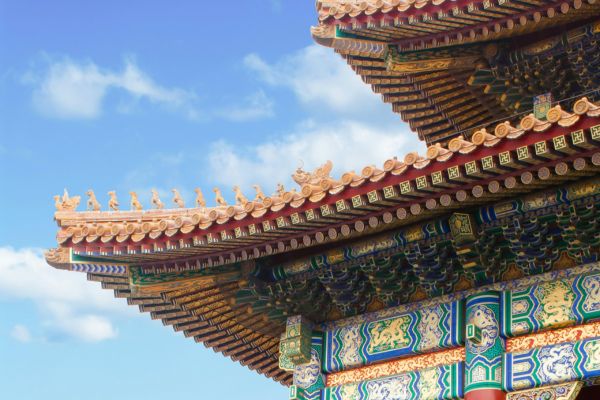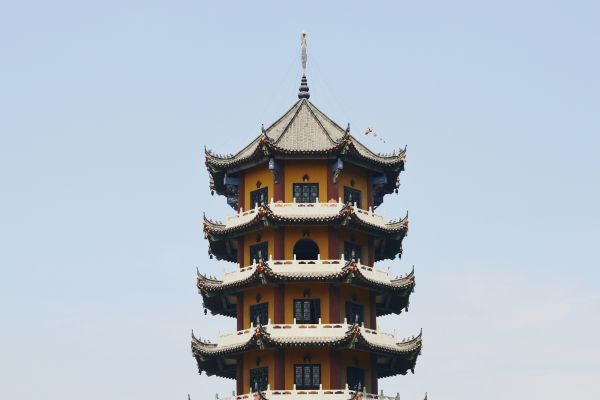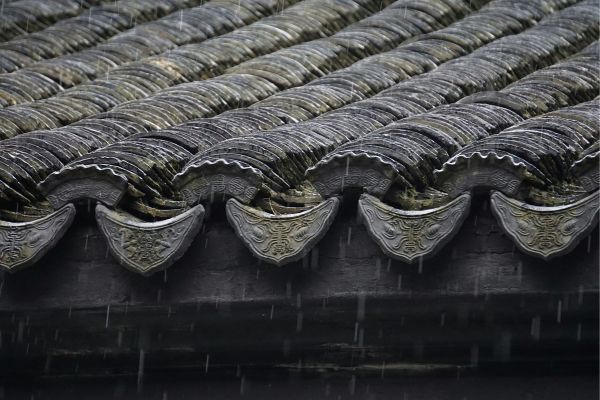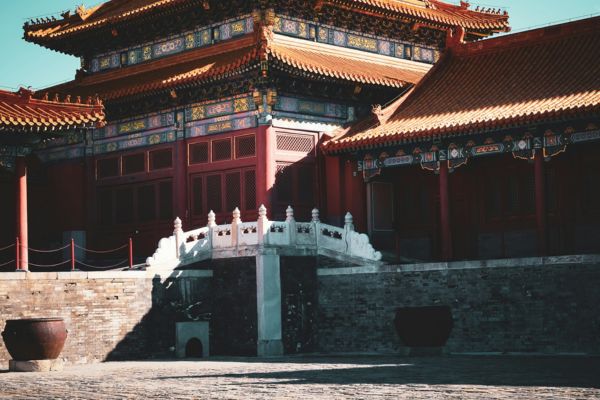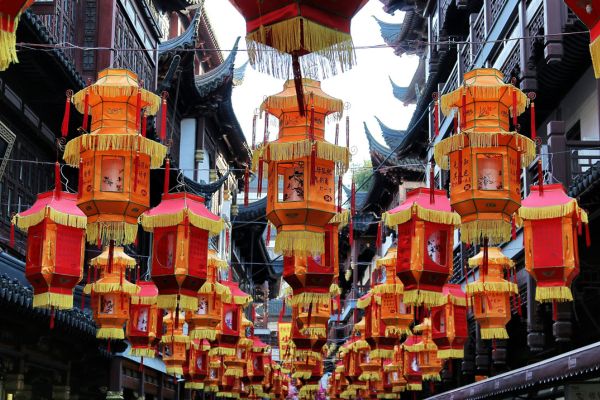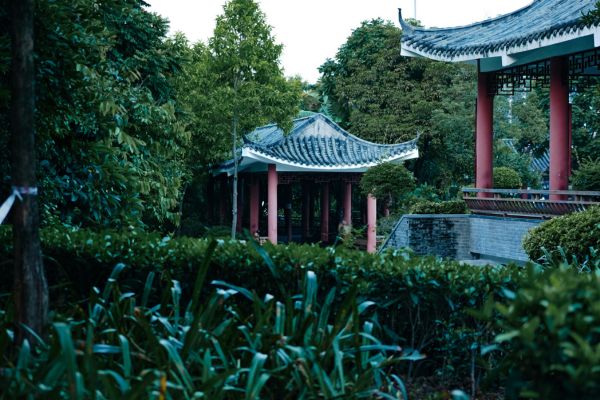
At 10 p.m., I got a judge's call from his office, informing me about the trial date of a case of mine. I was so surprised that he was still in the office so late. "We work late into the night four days a week," the judge replied in a tired voice.
Making judges work overtime is one of the means for Chinese courts to cope with litigation explosion. Professor Zuo Weimin (左卫民), a Chinese scholar, published an article in 2018 describing the means by which a primary court (W Court) in China responded to the litigation explosion.
The number of cases in W Court has grown over 10% per year since 2002. It increased to be 27.5% in 2007 when China’s Supreme People's Court (SPC) significantly reduced litigation costs of the courts. The growth rate reached 48.1% in 2015. It was exactly the year when the SPC implemented the registration system for case docket (立案登记制), aiming at preventing local courts from illegally refusing to docket cases.
W Court takes the following measures to tackle litigation explosion:
1. Increase in Personnel
The number of personnel increased from 127 in 1991 to 324 in 2015, among which the number of judges grew from 34 to over 60.
2. Overtime Work
Before 2011, each judge worked an average of four hours of overtime per month. After 2011, overtime hours gradually increased. From 2014 to 2016, overtime hours rose sharply from 24 hours per month to 40 hours per month. The judges work overtime an average of one to four working days per week and one to two weekends per month. Each overtime work takes an average of one to four hours. About 10% to 20% of cases require judges to work overtime every month, while the proportion can reach as high as 30% in mid-term assessment and year-end assessment.
3. Improvement of Efficiency
The first approach is to have a single judge to hear cases instead of a collegial panel as much as possible, thus reducing the number of judges occupied in each case. The second approach is to promote the use of summary procedure or small claims procedure whenever possible. These procedures are currently applied in 50% of cases.
4. Judges Are No Longer Engaged in Non-core Work
Traditionally, Chinese judges complete all the work of a lawsuit by themselves, including not only the core work such as hearing the case and writing a judgment, but also the auxiliary work like contacting the parties, serving documents and sorting out files. Chinese courts are presently trying to get law clerks and law assistants to take on auxiliary work. However, the judges of W Court express that law clerks and law assistants are generally not competent enough, only sharing less than 5% of their workload.
5. Judges Holding Leadership Positions Participate in the Hearing of Cases
Before that, the judges who held the posts of president or director of a division were only engaged in management and did not hear cases. After 2014, these judges of W Court began to hear cases at the same time. In 2016, fifteen such judges have already handled 11.6% of the court's cases.
6. Capacity-building for Judges
From 1991 to 2000, the highest academic qualification for judges of W Court was a bachelor's degree. Since 2005, W Court has begun to increase the number of judges with a master degree in law. By 2015, more than one-third of its staff has had a master degree in law.
7. Strict Management of Judges
As what other Chinese courts have done, W Court has set up a "Trial Management Office", which is mainly responsible for statistical analyses and monitoring the progress and time spent in handling each case, so as to ensure that the cases are closed within the trial time limitation regulated by law as far as possible. At the same time, the office also evaluates the number of cases that each judge has closed, which will directly affects the actual performance pay of judges. It is under such pressure that the judges of W Court actively work overtime, especially when the assessment period is approaching, in order to make their assessment results qualified.
8. Specialized Trials
According to the types of cases, W Court has set up 11 civil divisions to deal with certain types of cases respectively, thus improving the efficiency of judges. However, the judges of W Court indicate that this is only conducive to new judges to master the skills faster, but it is of little significance to experienced judges.
Professor Zuo Weimin (左卫民) believes that these measures alone are not enough and other measures should be taken, such as:
1. To encourage the parties to choose other dispute resolution mechanisms other than litigation. In the past, China placed too much emphasis on the role of litigation in dispute resolution.
2. The courts should strengthen capabilities of law clerks and law assistants, and give them sufficient incentives to make them share the auxiliary work for the judges so that the judges can focus on the core work.
3. Depending on the different caseload in each court, the higher court should properly allocate resources (e.g. personnel and facilities) to different lower courts.
4. To set reasonable assessment targets for judges. The current assessment targets force judges to work overtime, weakening their enthusiasm for work.
5. Use information technology and artificial intelligence technology to enhance the efficiency of the courts. This is what Chinese courts now call "Intelligent Courts" (智慧法院).
To be honest, as a lawyer, I don't want a judge who works overtime till midnight to try my case. I hope the judge will be in a top physical condition when facing my case to ensure that he can make a reasonable judgment. Therefore, if the case is to be accepted by a busy court, I may suggest that my client should choose arbitration, although arbitration is more costly than litigation.
References:
[1] 左卫民.“诉讼爆炸”的中国应对:基于W区法院近三十年审判实践的实证分析[J].中国法学,2018(04):238-260.
Contributors: Guodong Du 杜国栋 , Meng Yu 余萌
